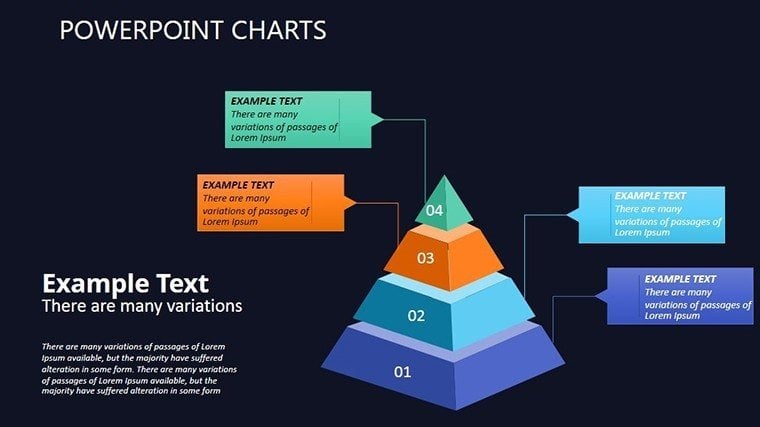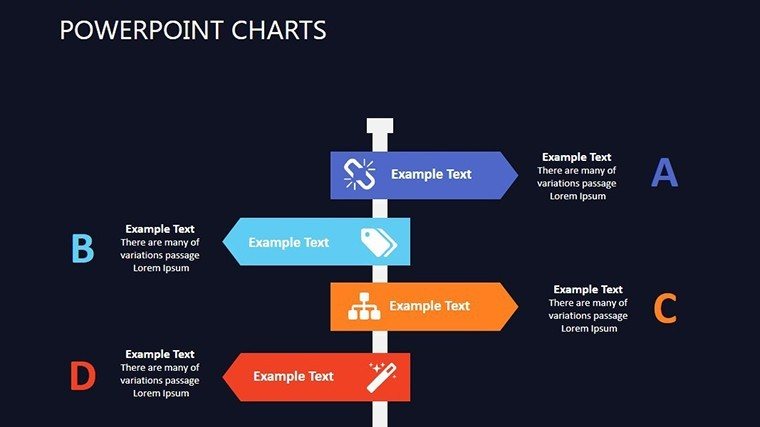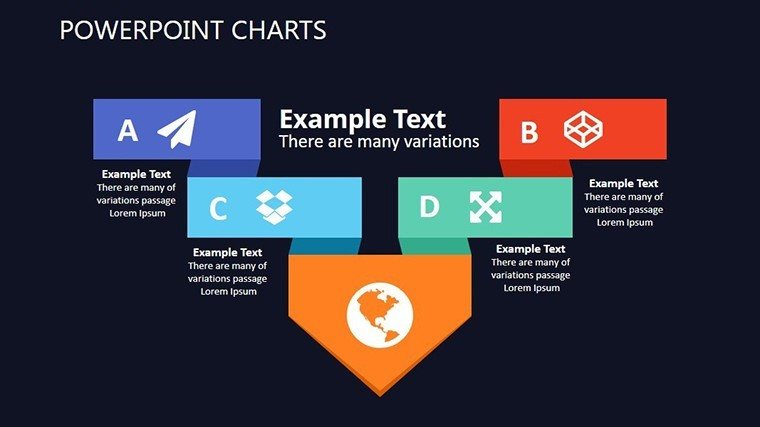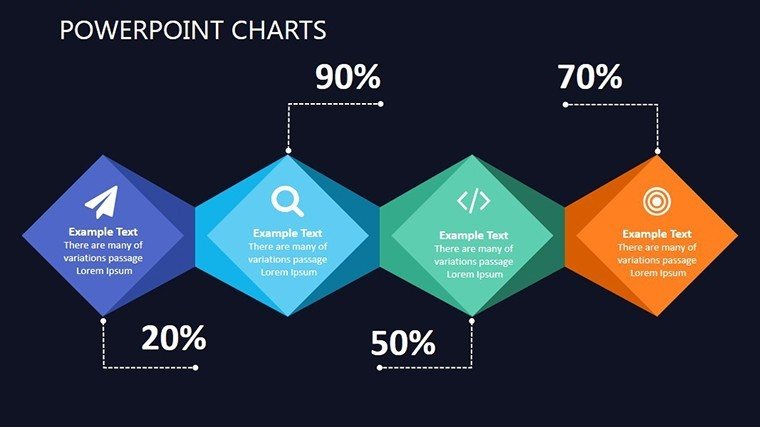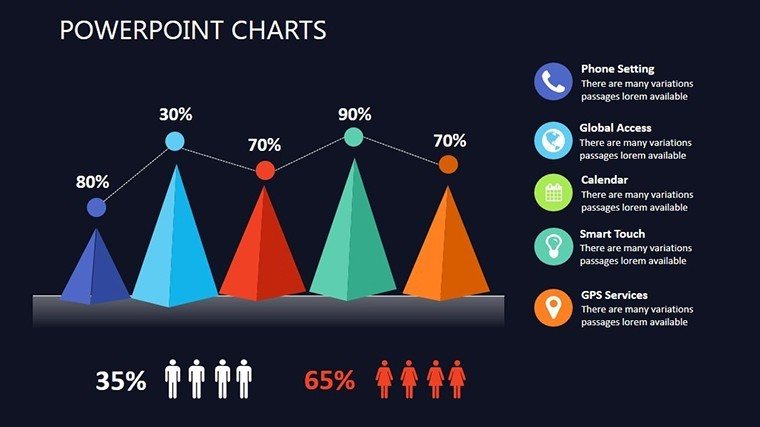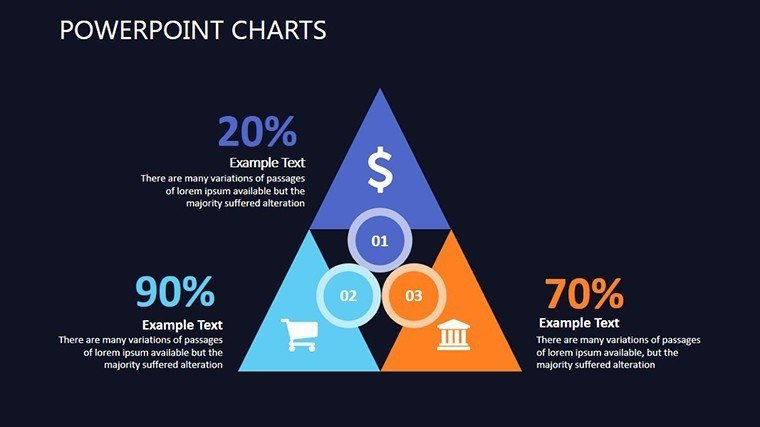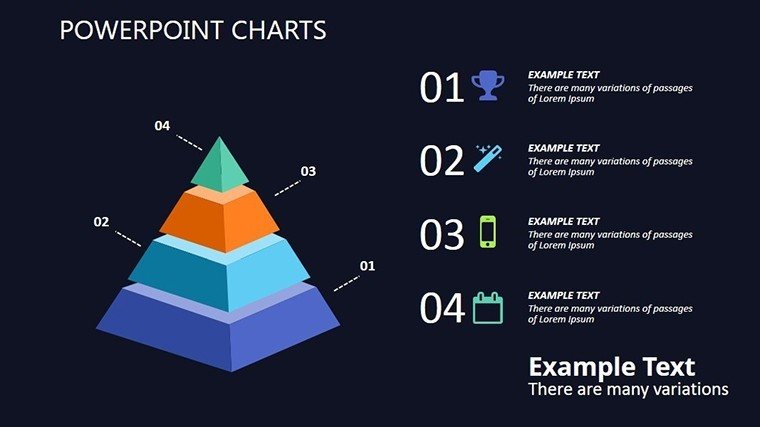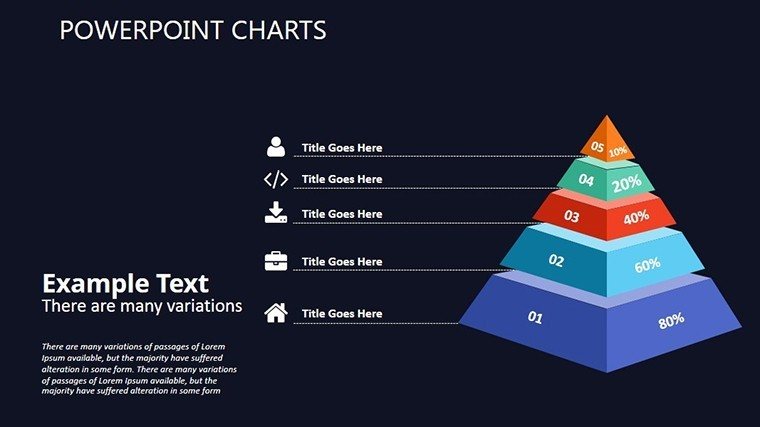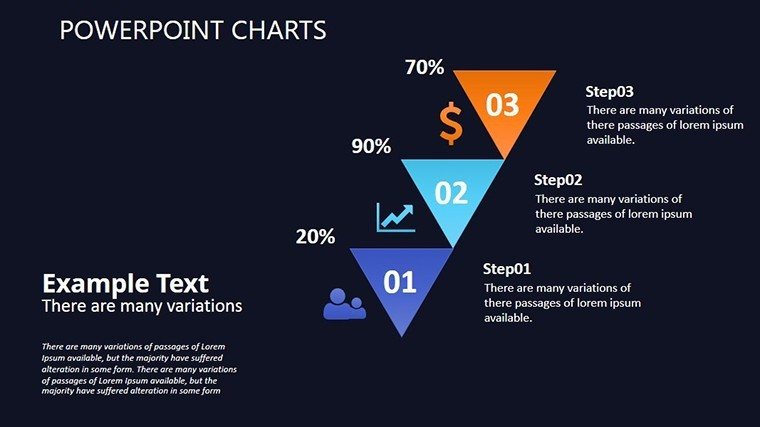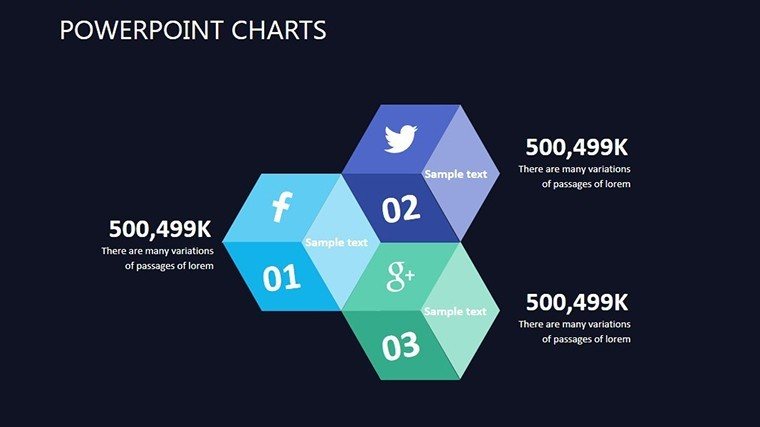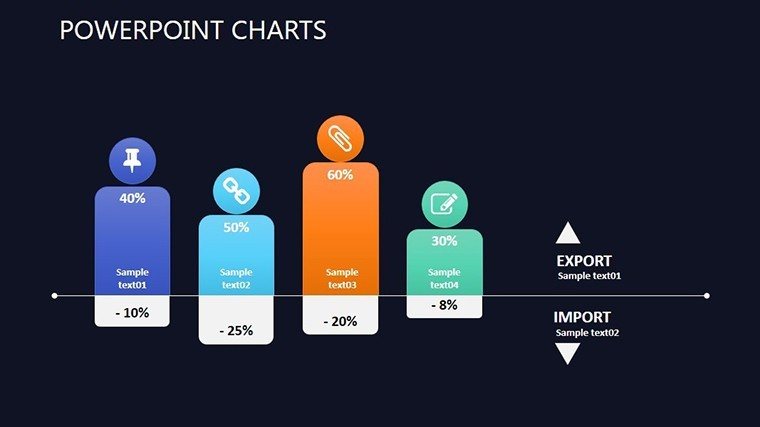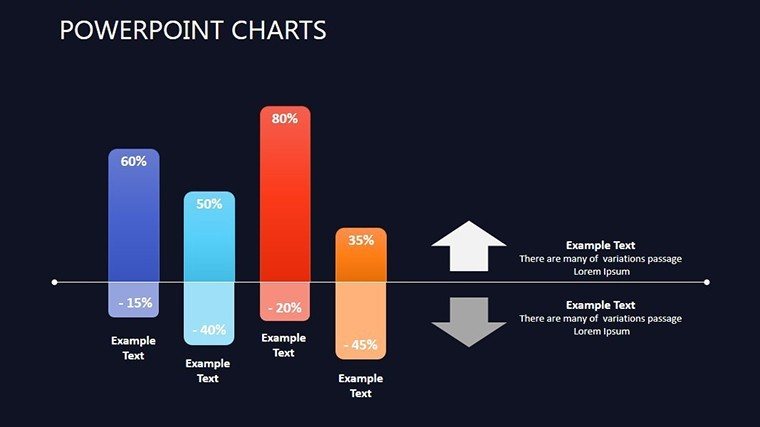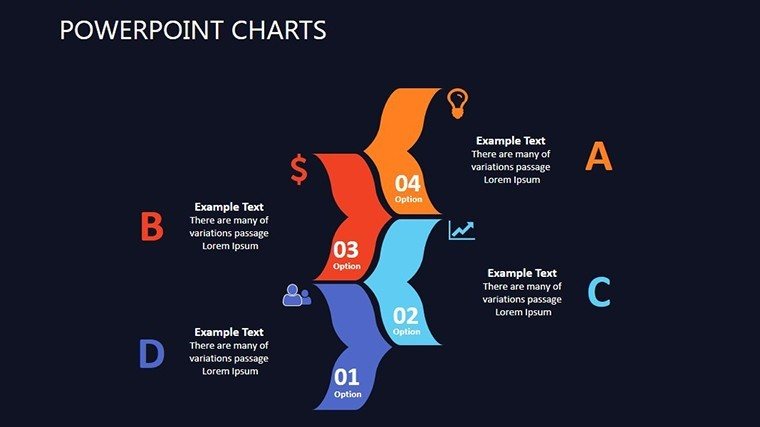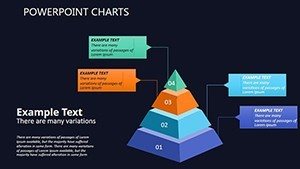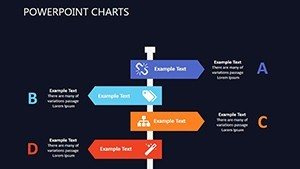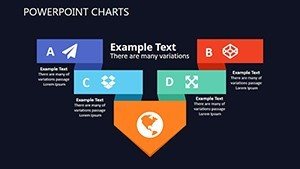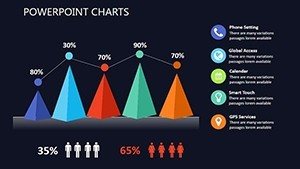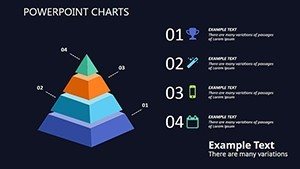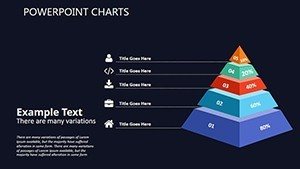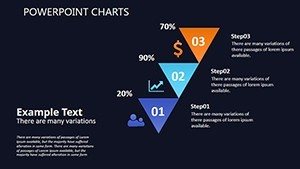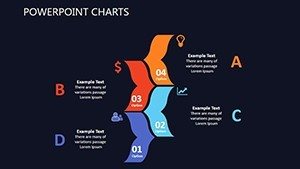Promo code "00LAYOUTS"
Pyramids Human Needs PowerPoint Charts: Visualize Hierarchies with Depth
Delving into the layers of human motivation requires visuals that capture complexity without confusion. Our Pyramids Human Needs PowerPoint Charts Template is designed for psychologists, HR specialists, and motivational speakers who seek to illustrate frameworks like Maslow's hierarchy effectively. With 14 editable slides, this template builds pyramid structures that layer needs from basic to self-actualization, making abstract concepts concrete. Envision guiding a team through employee wellness strategies or teaching students about psychological development - these charts provide a scaffold for discussion. PowerPoint-compatible and infused with design principles from behavioral science, it helps convey progression and interdependencies, drawing from authoritative sources like the American Psychological Association to ensure accuracy. More than a diagram tool, it's a catalyst for deeper understanding, streamlining your prep while fostering audience epiphanies in workshops or keynotes.
Key Features Unlocking Motivational Insights
The template's strength lies in its hierarchical builds, with each pyramid level customizable for content and aesthetics. Slides include gradient fills for progression visuals, text boxes for detailed explanations, and connectors showing relationships.
- Layered Pyramid Designs: Multi-tier structures for needs hierarchies, editable for custom levels.
- Color Coding Options: Assign hues to categories, like earth tones for physiological needs and brights for esteem.
- Infographic Enhancements: Icons representing elements, such as homes for safety or trophies for achievement.
- Animation Builds: Levels appear sequentially to narrate growth journeys.
These align with by referencing models from pioneers like Abraham Maslow, potentially increasing audience buy-in as per motivation theory studies in Psychology Today.
Practical Uses in Professional and Academic Settings
Deploy this for targeted impact: HR pros can use Slide 1 for an overview pyramid in onboarding sessions. Slides 2-5 break down each level with examples - physiological via food/security icons, social with network diagrams. For speakers, Slides 6-8 adapt to case studies, like applying hierarchies to leadership development.
Consider a wellness program where pyramids visualized employee satisfaction, leading to targeted interventions and a 15% morale boost, akin to corporate successes reported in SHRM journals. Educators might employ Slides 9-11 for interactive lessons, adding quizzes at bases. Conclude with Slides 12-14 for applications, like pyramid flips for inverted hierarchies in modern theories.
Blend with apps like MindMeister for mind-map links or Teams for collaborative builds. Advice: Balance text with visuals, following the 1-6-6 rule for slides, and cite DSM-5 for clinical accuracy.
Guide to Constructing Your Pyramid Narrative
- Open the file and choose a pyramid slide base.
- Input level labels and descriptions in designated areas.
- Customize visuals: Adjust sizes, colors via 'Shape Format'.
- Set animations to build from bottom-up for logical flow.
- Validate with previews, ensuring cultural sensitivity in icons.
This exceeds standard pyramids by offering dynamic elements, fostering discussions beyond static images.
Distinguishing Excellence in Hierarchy Visualization
Outperforming basic tools, our template features responsive designs for varied screen sizes and integrates LSI such as 'motivational frameworks' seamlessly. Benefits encompass clarity in communication, time efficiency, and adaptability for hybrid models.
Trust stems from clean, ad-free downloads and compatibility assurances. Enhance with VR tools for immersive pyramids or analytics for engagement tracking, mirroring innovations in ed-psych.
Success story: A therapist used these for client sessions, clarifying goal-setting and improving outcomes, reflective of evidence-based practices.
Expert Strategies for Hierarchical Mastery
Use metaphors: Compare pyramids to ladders for ascent narratives. Limit levels to seven for cognitive ease, per chunking theory. Bolster authority with integrations from journals like Journal of Personality and Social Psychology.
Advanced: Overlay data charts on pyramids for hybrid views, or animate dissolutions for deconstruction analyses. This template redefines how you present human needs. Eager to build? Secure your Pyramids Human Needs PowerPoint Charts and ascend to new presentation peaks.
Frequently Asked Questions
How many levels can the pyramids support?
Standard slides support up to seven levels, but you can duplicate and modify for more complex hierarchies.
Can I incorporate custom icons?
Yes, insert your own via PowerPoint's icon library or uploads to personalize needs representations.
Is animation customizable for each level?
Fully - adjust timings and effects individually for paced reveals.
What if I want to adapt for non-Maslow models?
Easily relabel and restructure levels to fit theories like ERG or self-determination.
Are there export options for other formats?
Export as images, PDFs, or videos directly from PowerPoint for versatile sharing.

